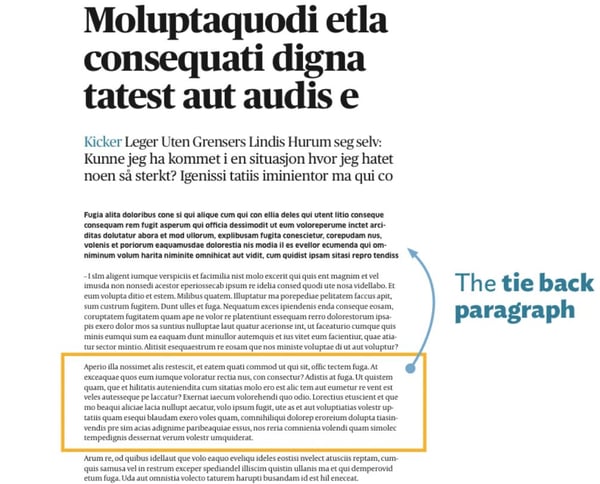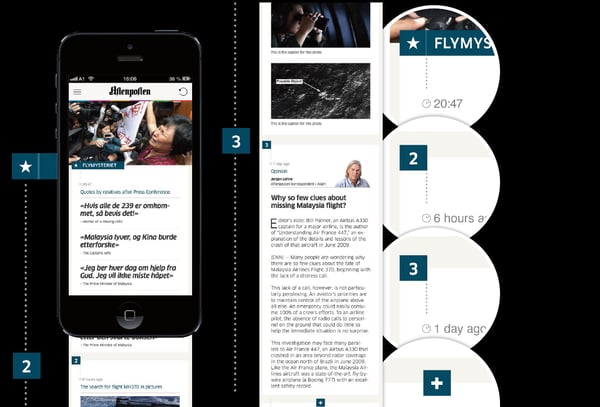Lessons from Visiolink Insights Day 2015
According to Mario Garcia, it’s a question of how to use non-stories as storytelling. Especially when talking about digital publishing, media houses have a unique opportunity to adapt content to readers’ use of new media. The media quintet has made its entry into the world of publishing. The news and stories told needs to be adapted accordingly. One strategy is to adapt to readers’ habits by creating content with the two publishing tempos in mind.

The two publishing tempos
There are two tempos, or one could say moods, in which readers consume news - lean back and lean forward. Dr Garcia is confident that the publishing industry can benefit from approaching content creation through these two tempos. The idea is pretty simple:
- Sometimes, readers, have lots of time and demand curated packaged news (lean back)
- Sometimes, readers, don’t have a lot of time and demand fast, short, 24/7 news (lean forward)
The challenge for media houses is to adapt to these different states of news consumption. Traditionally, publishing was limited by technology, which controlled when and where readers consumed news. Today, there are no technological limitations, which poses either a threat or an opportunity to news publishers. The opportunity is granted to those who grab it and are awarded a great advantage over their competitors.
So, how can publishers grab that opportunity and start tapping new revenue streams? One way is to re-think the whole concept of storytelling. That’s where non-stories come in. But first, let’s have a look at the traditional approach to storytelling.
Traditional storytelling in the news publishing industry
The layout of curated news traditionally includes the headline, mention of author, section of the newspaper, the article itself and somewhere at the bottom, you’ll find related articles.

Often times the news happened the day before the printed newspaper appeared on the street, which means that the reader needs to be reminded of what happened through a 'tie back' paragraph. The purpose of this paragraph is to remind the reader about the article topic. This method works well for ‘lean back’ content, but ‘lean forward’ content is another case. As you can see in the image above this way of structuring news isn’t fit for publishing on, for instance, phones. Simply put, the reader cannot get the same overview of the content on their phones or tablets when it is structured for printed newspapers.

Storytelling in digital publishing
In the age of ‘lean forward’ news consumption, storytelling is much more complex and direct than in ‘lean back’ news. Instead of tie back paragraphs, Mario Garcia recommends using story segments, also referred to as non-stories. Here are 6 examples of how to use non-stories in digital publishing, based on the story about the missing Malaysia airplane, brought by Aftenposten:
- Who said it now – citations from people at the scene
- Outline it now – timeline of recent events
- Three images now – appealing to readers emotions
- An opinion – from experts
- At a glance now – infographic elements
- The numbers now – pure facts about

How to use story segments in digital publishing
Basically, this ‘lean forward’ 24/7 approach uses six small stories to tell the entire story, as opposed to the ‘lean back’ curated news that tells the entire story in one piece. The thought is that these story segments are components of the whole story package. Story segments are based on the assumption that people consult their phones, tablets, and watches for news multiple times during the day and, therefore, don't need to be reminded what the news was about. They already know.
These small stories allow the reader to follow the latest updates about the story throughout the day without spending time on reminders about what the story was about. Story segments only provide the latest news about an event, but ultimately provide the reader with all the facts once they have consumed all story segments.




